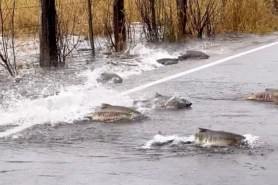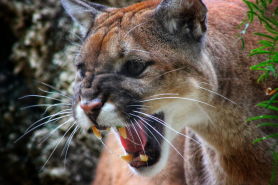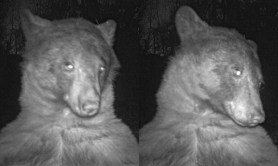

A new study proves how big of an impact humans have on wolves when it comes to the animals’ hunting habits. While people are not generally considered part of the ecosystem of a national park, researchers say wolves have adapted to human-made trails and infrastructure.
Videos by Outdoors
The study comes from the Voyageurs Wolf Project, which focuses on wolves in northern Minnesota, including parts of Voyageurs National Park.
“The premise is really quite simple: human activities change where deer are on the landscape, and wolves go where the deer are,” says Dr. Thomas Gable in the organization’s press release. “Plus, humans have done an excellent job of creating and maintaining a diverse, well-connected web of roads, trails, and other cleared linear features that are ideal corridors for wolves to hunt deer.”

Our Impact on Wolves
Just like humans, wolves would rather not bushwhack through the forest. The animal prefers to use well-maintained human-made trails to track deer and other animals. The paths and roads allow the animals to travel faster and farther.
The study also found that wolves will often target recently logged forests. Cut trees are a food source for fawns, and that is easy hunting for wolves.
Finally, the study found a lot of wolves hunting near cabins and other infrastructure. Researchers believe this has to do with the fact that deer can often find food near people. Additionally, wolves generally avoid humans, meaning it should be safer for deer looking to avoid predators. Notably, though, the study found that wolves will risk a human encounter to find something to eat.
Research officials say that doesn’t mean there’s an increased risk for humans.
“Although the high concentration of deer near human development attracts wolves to areas near people, wolves still definitely avoid encountering people when hunting fawns around human infrastructure,” said Austin Homkes, a researcher for the Voyageurs Wolf Project. “Wolves spend substantial time in close proximity to occupied cabins and residences, and yet almost no one sees them.”
You can find the full study here.

The Voyageurs Wolf Project has worked for years in the area and often captures amazing videos of wolf packs roaming the area.









